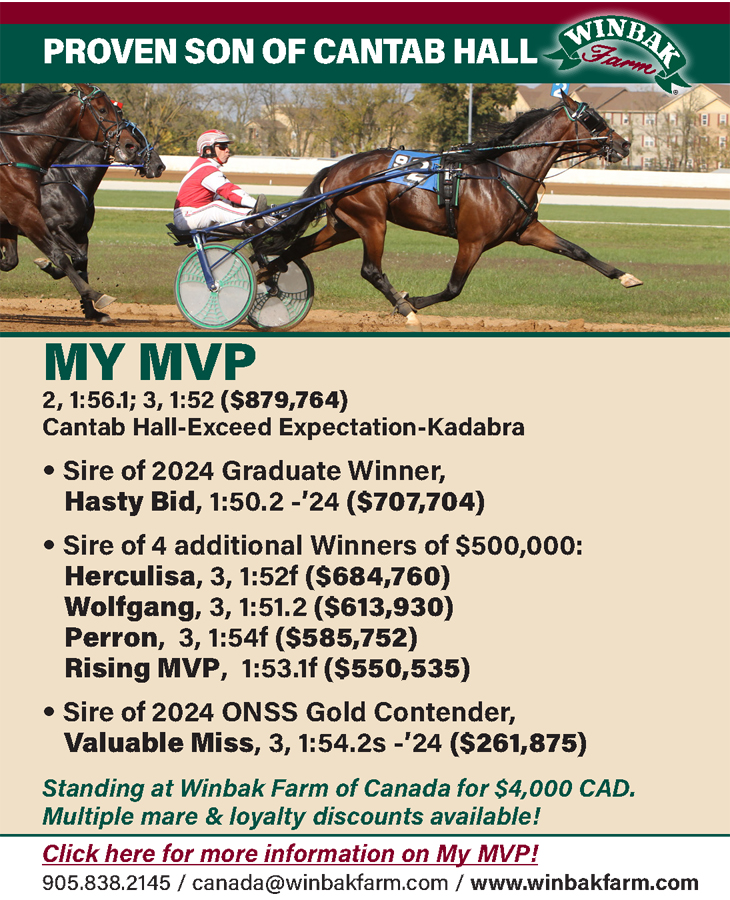
The Ballad of Bert Griffleson
by guest writer Arthur Davidson
In the summer of 2008, at an estate auction in Ravenna, OH, I stumbled across the life works of Bert Griffleson. The estate was a suburban duplex with peeling lime green paint, untended bushes climbing to the windowsills, and a side entrance door nailed shut with two-by-fours.
My $100 bid secured a large, shopworn mahogany desk that I planned on restoring to its former glory. While waiting for my brother-in-law to arrive in his pickup truck, I began to remove the drawers to lighten the load. To my surprise, I noticed the lower right-hand drawer had a false bottom, nothing fancy, just a square of plywood resting on small ledges of wood. I used my pocket knife to pry the plywood off.
Beneath the plywood was what appeared to be an oversized light blue cigar box, about four inches deep, wide enough to hold a school notebook. Snippets of black electrical tape formed the letters BG on the lid.
Like a man disabling a bomb, I removed the box and opened the lid. The strange blue box bulged with a large stack of single sheets of paper covered on both sides with tight, neat script handwriting. I didn’t know what to do with the box or the contents, so after the auctioneer hammered down a fake Tiffany lamp for $33 dollars, I stepped forward and whispered the situation to him.
He said, “Ask Gladys, the homeowner. She’s in the living room, in a rocker.”
Estate owner Gladys Griffleson was an ancient, sharp-boned woman with eyes magnified by thick eyeglasses. She propelled her chair like a human metronome. As I stepped into the room, she was cackling at a pair of teenage girls innocently examining a stack of board games stacked on a tattered red velvet sofa.
Without slowing her rocking chair, she snapped, “I’m 94, 95 next month, and I have all my marbles. I am departing these premises under duress.” Her tone dared anyone to question her math or sanity.
The girls smiled nervously and hurried away. I stepped forward and congratulated her on her remarkable age and on keeping her marbles, and then I explained the box situation.
Gladys was not surprised or sentimental, “Oh, that was Bert’s, my youngest son, the runt of the litter. Those papers ruined his life. I don’t want ‘em, take ‘em, or just pitch ‘em. There ain’t no money, I checked.”
I flashed her a thumbs up and took a step in the direction of the door.
Unprompted, Gladys Griffleson stopped me in mid-step and began to shed some light on the dark corners of her son’s life.
“Bert’s long gone, a coronary thrombosis in 1979.”
Gladys slowly shook her halo of white hair and spoke with a heavy sigh. “My Bert, he was a lazy bastard, just sat up there typing away. Some days the fool would read and write from morning till night, year after year. He didn’t read books like normal people. He called it his research. I always told him to get off his ass and research a real job.”
“Was he troubled?”
“Pfft, he troubled me. But I supposed he might have had one of those letter obsession problems like OCD or PTSD. I’ll tell you this, Bert single-handedly kept our little post office in business with all his mailing away for horse catalogs and information on races all around the country.”
“Horse catalogs?” I asked.
She closed her eyes and pushed up her glasses with a crooked index finger, “He was my son, so I guess I loved him – but the stupid son of a bitch was wacky.”
“A recluse?”
She finally stopped rocking. Gladys stared off into the distance and gave a wishy-washy wave of her ancient hand. “Oh, he got by, he would come and go around town, go to the diner, the library, and of course, he made his annual pilgrimages to the horse sales in September and October. My Bert got the notion that every year he could pick the baby horse that would become the champion trotting horse in the country. Ain’t that the stupidest thing you ever heard?”
“Didn’t he use computers?”
“No. Towards the end, he began fooling around with the Internet. He knew the computer would be a big deal, and he would have made a hell of a nerd. But back then, he didn’t even use a typewriter. Like one of those hoarders, he kept boxes and boxes filled with papers and old catalogs. I burned them on July 4, the year after he passed away. Called it my bonfire of the insanities, like a movie or something.”
“Did he buy racehorses?”
“Ha, he couldn’t afford a used horseshoe. I gave him $50 a month out of his father’s railroad pension, and I paid for every other damn thing he needed.”
Her memories of Bert were not fond. “What a jackass, the silly sponger never worked a day. He just wrote away for information on horses and studied the crap he got as if each page was a scripture from above, and he was sent to earth to figure them all out. For what? What a putz.”
When I got home, I soon discovered that the paper in the blue box was in a diary form.
February 9
Dentist Payne took out a tooth this morning which was a relief. Mother informed me she was going to Bradford on the bus to see Aunt Grace tomorrow, but I told her I did not want to accompany her. I had a friendly chat with Miss Dalton (Ethel) at the post office. I sure hope I did not sound foolish. Oh well.
On page 49, Harrison states that it is apparent the identity of the sires of the dam is not crucial to the success of a sire. Volomite, Rodney, Adios, and Hoot Man are not among the horses that will go down in history as great sires, but their contribution is that they sired the dams of great sires.
The list of mares in foal from New York has not arrived, nor have the three books on order from the publisher. I did receive the three missing issues of Horseman and Fair World to complete my collection.
As I read Bert’s entries in the blue box, I noticed he began each page with a month and a day but not the year. I’m estimating the time frame of this writing was in the 1960s. Each page started with a few personal events of that day. Then he shifted into his passion for pedigrees of harness horses. There were countless references to books and catalogs relating to horses, books about racing, charts of horse performance, horse magazines, and books on genetics. There is no doubt Bert was obsessed with his goal of predicting ultimate harness racing prospects.
The box contained 453 pages. When you factor in that Bert wrote on both sides, and more when you consider his tidy handwriting, that makes 906. The bulk of the writing in the box appeared to be part of his compilation of material for his master manuscript on yearling selection. I say this because Bert had outlined paragraphs, printed an asterisk, and printed the words “for the book?” beside one of the paragraphs.
Perilous is the life of an author. To my eyes, Bert Griffleson’s pages were for a masterpiece opus on racehorse selection. Usually, I’m not much of a reader, but I found this material interesting and read over a hundred pages on the night of the discovery. And I looked forward to finishing the opus the following morning. It crossed my mind to plagiarize the work and find a literary agent, but unfortunate circumstances intervened.
The following day, I took the blue box outdoors to my porch and sat on my glider, so I could put my feet on the porch rail and gently propel myself back and forth. Reading the pages was both riveting and slightly undecipherable. I felt that Bert was talking to me from his grave, and he certainly knew a great deal about harness racehorse pedigrees. I began to grow emotionally attached to this eccentric chap.
I was mesmerized by his theory about the performance of second dams on page 401 when my kitchen phone rang. I set Bert’s work down and entered my house to answer what turned out to be a pesky salesman asking me to refinance my mortgage. I returned to the porch into a blizzard of swirling paper. A sudden gust of wind, a mini-tornado, had moved across the sky, sending the unbound sheets of paper into flight from their careful piles on my porch.
I tried valiantly to retrieve the swirling papers, but 453 are a lot of pages. Those few minutes before a summer storm are as windy as hell. My home is in a rough neighborhood. My street is very long and filled with neighbors who would not help me look for a missing child, let alone sheets of paper in a storm.
My final count was 177 pages successfully retrieved. Bert was a great theorist and writer who may have created the ultimate composition on selecting champion racehorses. Still, he did not back up his work or even invest in a binder and a hole punch because his manuscript is now a clump of 177 water-stained, non-sequenced, and unreferenced entries that end abruptly.
The mysterious Bert probably died of overwork, a broken heart, and unfulfilled dreams. I wonder what success he had in selecting champion racehorses. I wonder if his theories would hold up under testing. He took his secrets to the grave.
Too bad. Bert could have been the Stephen King of trotters.













